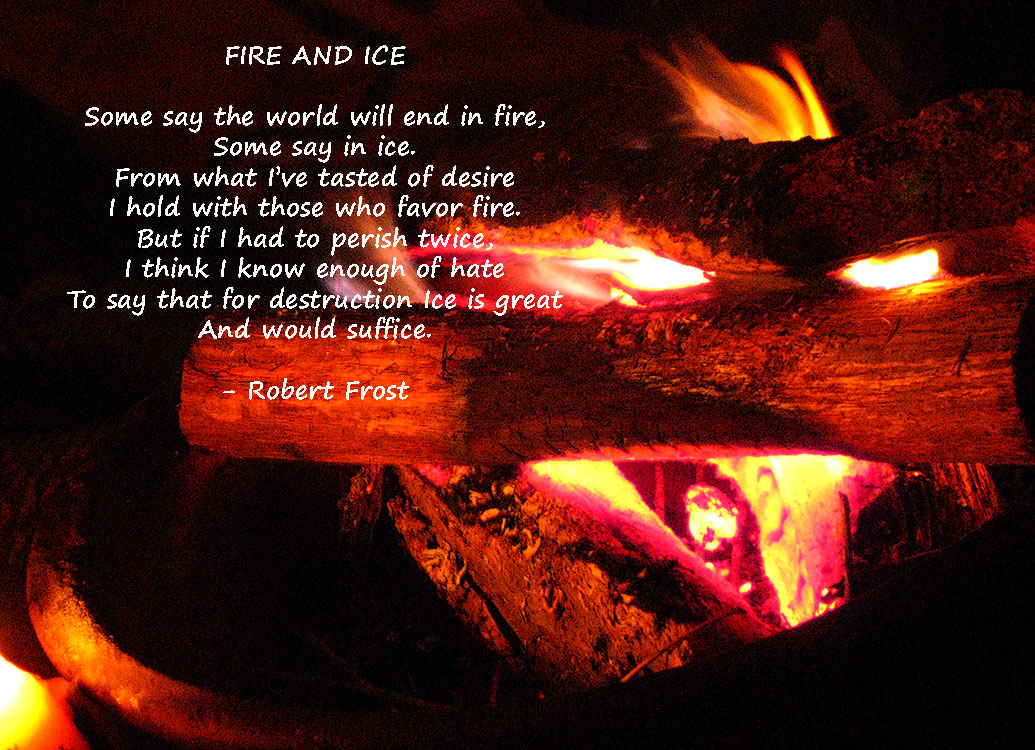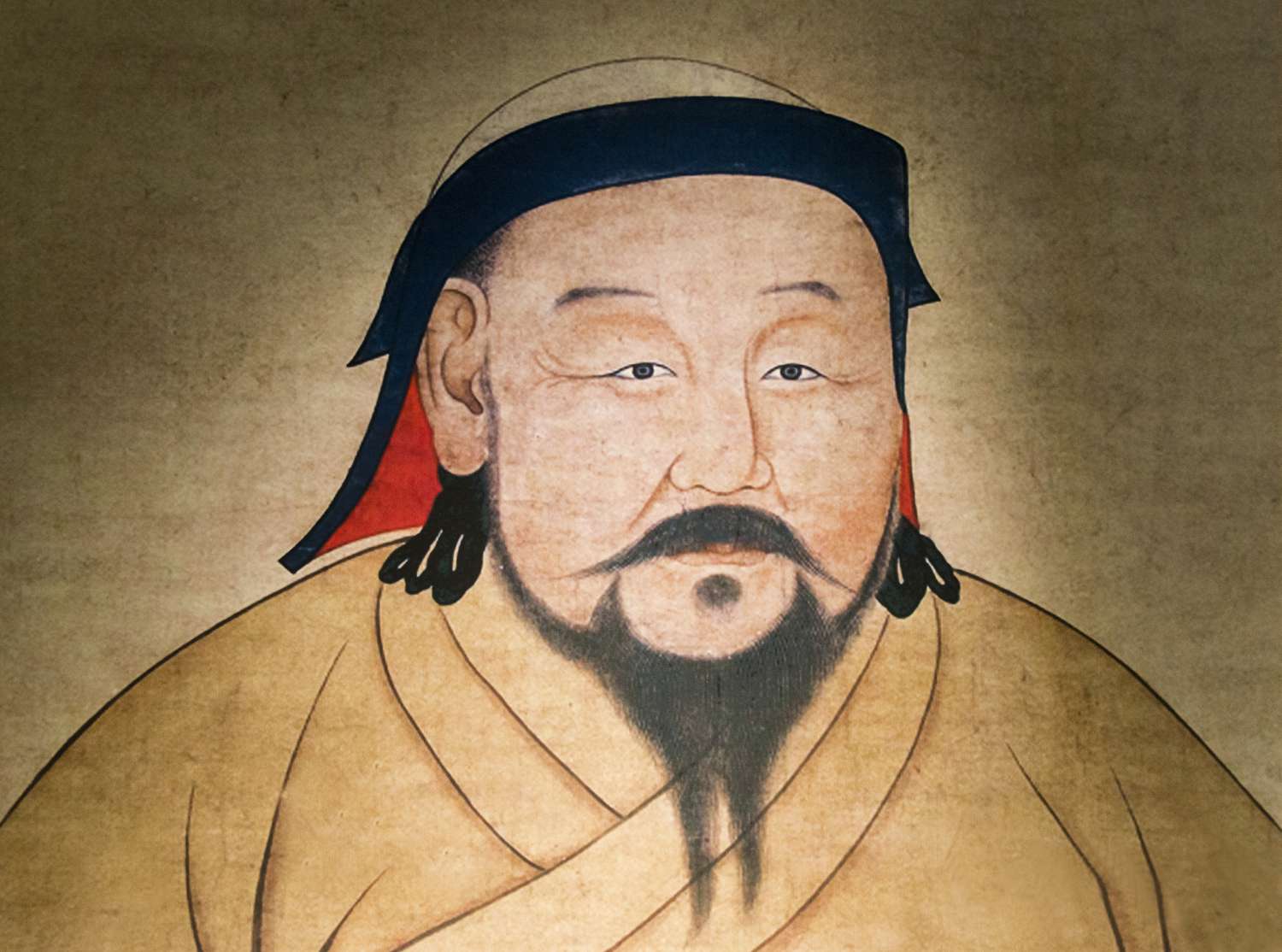Publication and Reception:
T.S. Eliot’s groundbreaking modernist poem, “The Waste Land,” was published in 1922. Divided into five sections, the poem explores life in post-World War I London, though its vast landscapes encompass deserts and oceans alongside the bustling city. The poem’s unique style sets it apart, fusing various poetic forms and traditions.
Eliot also incorporates numerous allusions, referencing works like the Bible, Shakespeare, and St. Augustine, alongside Hindu and Buddhist sacred texts. French poetry, Wagnerian opera, and Arthurian legend surrounding the Holy Grail also find their place within the poem. However, “The Waste Land” doesn’t shy away from modernity, featuring references to jazz music, gramophones, automobiles, typists, and even tinned food.
The poem quickly became a topic of intense discussion upon publication. While some critics hailed it as a masterpiece capturing the disillusionment of a generation, others decried its allusiveness. The American poet William Carlos Williams disliked how it “returned us to the classroom,” highlighting its complex references. Eliot’s unconventional modernist style also drew criticism. Despite these initial divisions, “The Waste Land” has secured its place as one of the most influential poems of the 20th century.
Analysis: A World of Brokenness and Loss
“The Waste Land” can be interpreted as a lament on brokenness and loss. Eliot’s numerous references to the First World War suggest the war played a significant role in this social, psychological, and emotional collapse. It’s perhaps revealing that Eliot finished the poem while recovering from a nervous breakdown. Many characters in the poem, like Lil, the mother-of-five discussed by her friend in a pub, lead unfulfilled lives devoid of intimacy and deeper meaning.
Loss of Spiritual Significance:
People’s lives are generally devoid of spiritual meaning. The typist in “The Fire Sermon” exemplifies this. Her job involves merely copying or repeating others’ words. When she arrives home, her food is processed and canned, and even her sex life feels mechanical and repetitive, mirrored by the poem’s use of regular quatrains at this point. The music she plays on the gramophone when her lover leaves is a far cry from the magical music Ferdinand heard on the enchanted island in Shakespeare’s “The Tempest.” Modern life has lost all sense of magic and meaning.
Myth and Allegory:
Eliot reinforces this idea by weaving a loose mythic structure into his poem, drawing from Arthurian legend and James Frazer’s comparative religious study, “The Golden Bough.” Specifically, he uses the story of the Fisher King as an allegory for the modern world. The Fisher King’s wound in the groin has rendered his kingdom infertile, mirroring the poem’s barren Waste Land.
The cure for this spiritual sickness lies in finding the Holy Grail – the cup that legend says caught Jesus’ blood at the Crucifixion. However, only those pure of heart are worthy of finding it. Does anyone in the modern world of “The Waste Land” possess such purity? The poem’s references to the Buddhist Fire Sermon suggest that achieving spiritual enlightenment requires first curbing worldly desires and passions.
An Uncertain Conclusion:
“The Waste Land” opens with a reference to a “heap of broken images” and ends with a collage of quotations from various poetic traditions, alongside a snippet from the nursery rhyme “London Bridge is falling down.” Civilization itself – art, literature, and oral and written culture – seems under threat. Can we do anything beyond shoring up the ruins?
The poem’s ambiguous ending offers no easy answers. The repetition of the Sanskrit word “Shantih,” translated as “the peace which passeth understanding,” leaves us wondering if peace has finally been achieved or if it’s merely wishful thinking. The fragmented structure of the poem, a confused medley of quotations, suggests that after the war, such peace remains a distant dream.
Key Themes:
- Fragmentation and Decay: Represented through the poem’s free verse (particularly in “What the Thunder Said”) and references to “fragments” and “broken images.”
- Sex and Relationships: Explored in the pub conversation at the end of “A Game of Chess,” the section describing the typist and “young man carbuncular” in “The Fire Sermon,” and the references to the Earl of Leicester and Queen Elizabeth I.
- War: Evidenced by the poem’s references to an “archduke” (suggesting Archduke Franz Ferdinand), rats, dead men and bones, demobilized soldiers, and possible shell-shock victims.
Please, subscribe to the YouTube channel of republicpolicy.com
















































